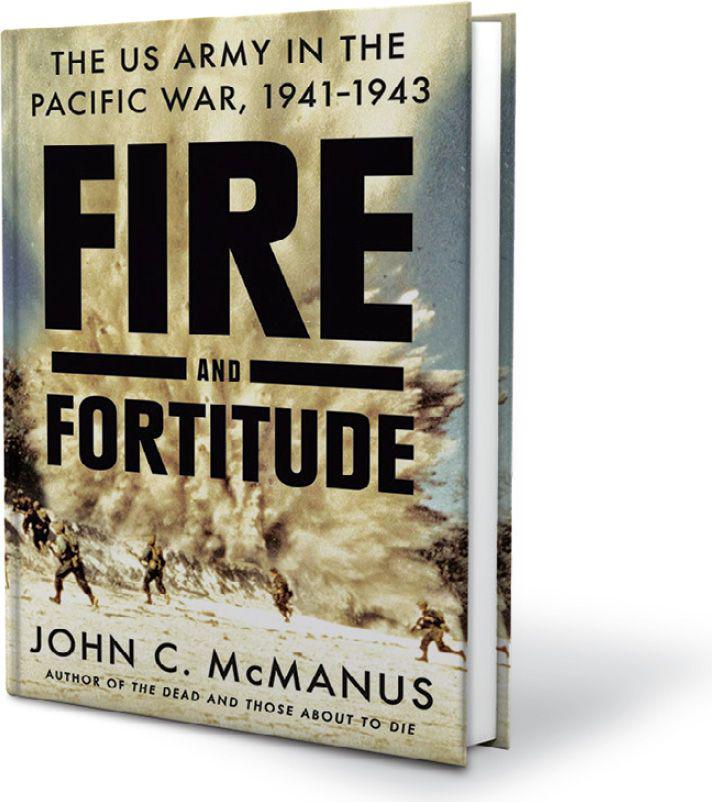The Army’s Pacific


The U.S. Army did 80 percent of the fighting against Japan, yet the Marines dominate popular histories. In an effort to restore the balance, John McManus, a professor of American military history, spotlights the Army’s role in first two years of the Pacific War.
Following a fine account of the Japanese attack on Pearl Harbor (though it breaks no new ground) the author turns to the greatest defeat in American history. Hobbled by the Depression and a relatively tiny Army, American leaders agreed the distant Philippine Islands were indefensible. Anticipating the Japanese invasion, they planned a retreat to the trackless jungles of the Bataan Peninsula. Yet retreat was not in Philippine Department commander Gen. Douglas MacArthur’s vocabulary; he stoutly maintained that his combined American-Filipino forces would repel any invader. Two weeks after Pearl Harbor the Japanese arrived, parked their transports, loaded troops into barges and headed
You’re reading a preview, subscribe to read more.
Start your free 30 days



